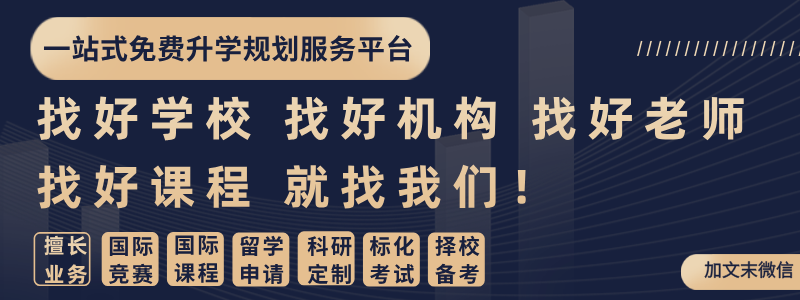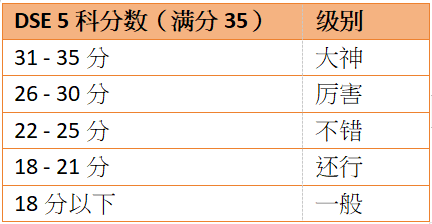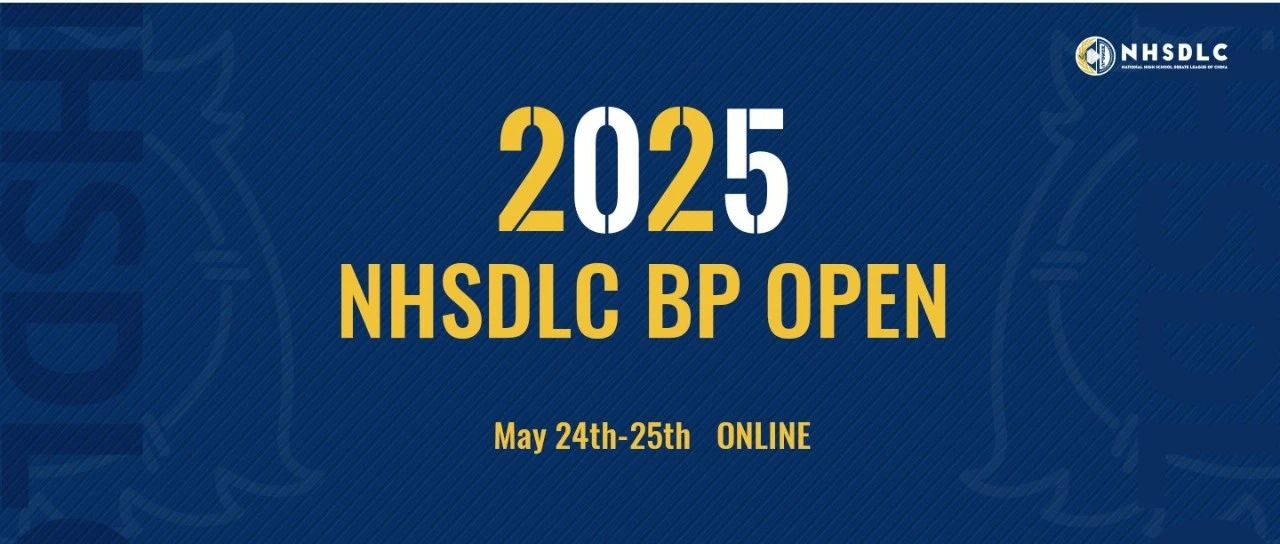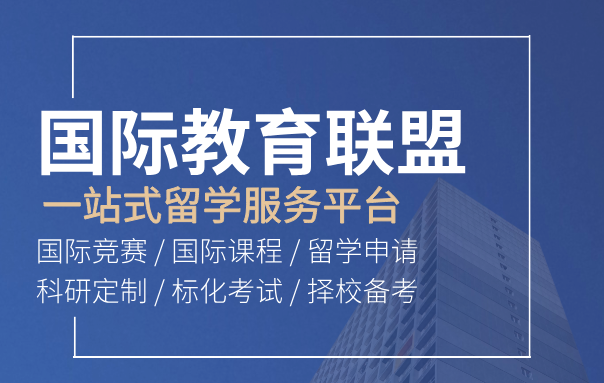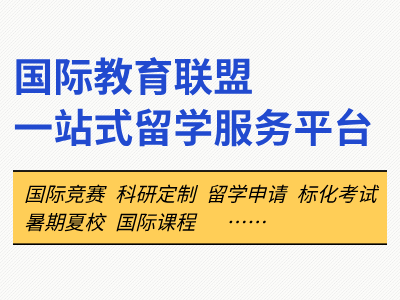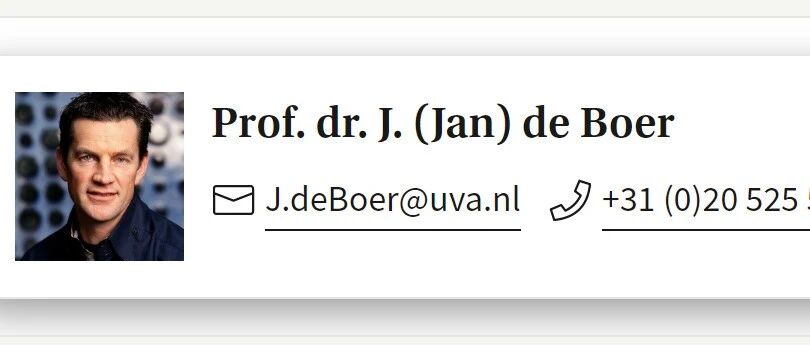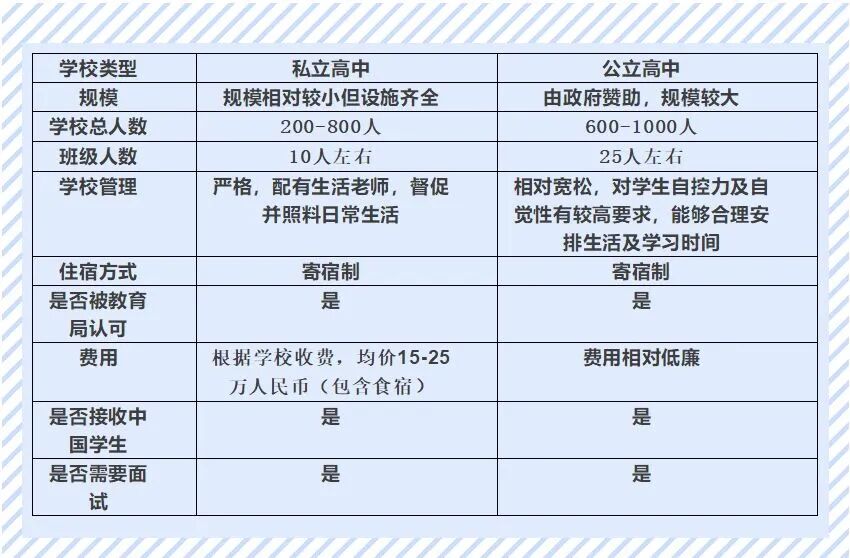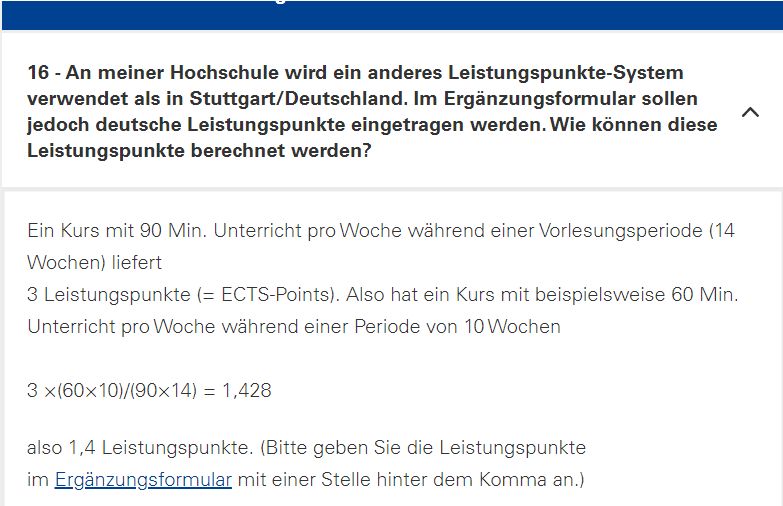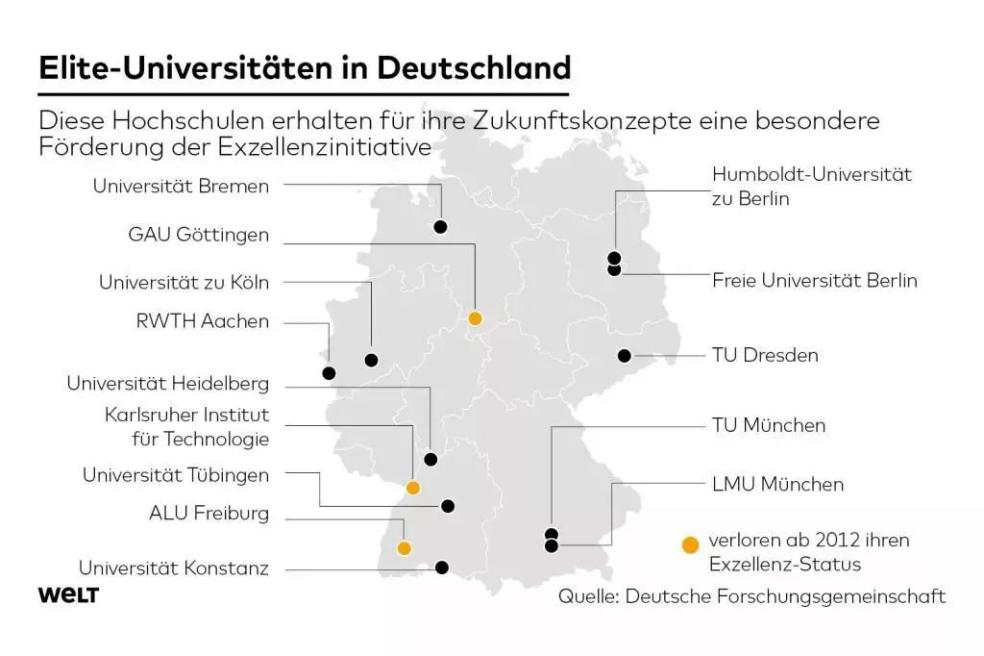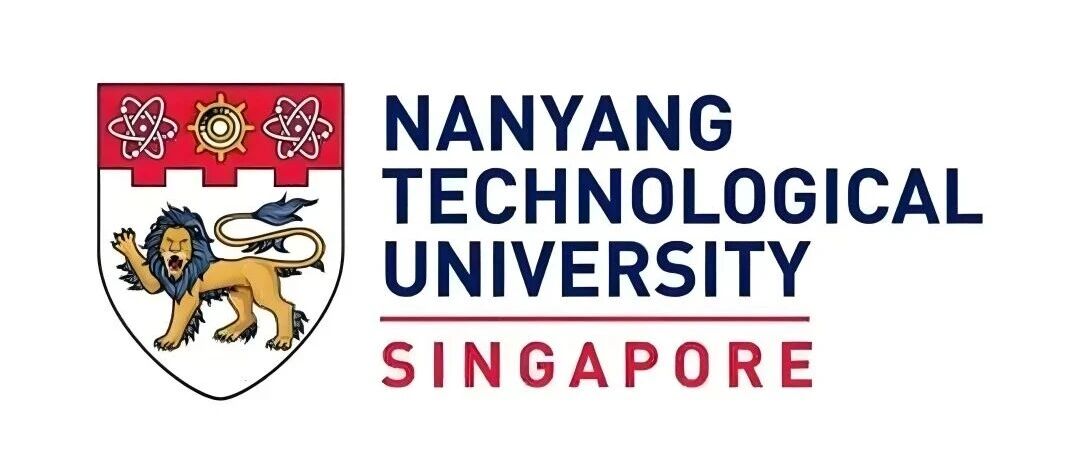每次考试前,总会有学生让我预测essay题。而我的回答永远都是不要猜题,必须完整准备。今天的推文我来简单讲一下原因。
Essay的考题是2选1,而无论是微观还是宏观都有很多可以考的知识点,并且ab问可以考完全不同的知识点。很多人会把以前的卷子拿出来,算一下某个知识点考到的概率,然后根据概率大小去准备。这是非常危险的。
首先,如果一个知识点过去出现的概率不是100%,那他就完全有可能不出现在卷子里。比如说微观里大家很喜欢的弹性题,23年和24年根本就没考。
其次,就算一个所谓'高概率'的考点出现在了卷子里,也不代表你一定会写。还是以弹性题为例子。我们一直说考试最好写的就是考点清晰,结构清晰,且无特定情景。而弹性题其实很容易出大家没法拿高分的题型。
特定商品: Explain the determinants of supply for an agricultural product, such as rice, and consider which of these determinants is likely to be of the greatest significance at the present time.
没见过的题型: Discuss the difficulties that businesses might have when they try to control the factors that determine the price elasticity of demand for a product and consider whether attempts to control these factors are likely to be successful.
忽略的知识点: Discuss if it is more useful for governments to have knowledge of the price elasticity of demand or the income elasticity of demand for certain products.
混合考点: Assess whether cross elasticity of demand is likely to be more important in determining the demand for electric cars than income elasticity of demand.
最后,哪怕是以前从来没出过的考点,只要是在教科书里的,都有可能考到。去年夏季考的Gini coefficient, 冬季考的difficulties of measuring unemployment, marginal rate of taxation, 包括再之前的reasons for taxation都是所谓的0%概率考题。
而这些知识点准备起来其实都不难。考试的时候大家遇到的2个考题,通常都会有至少1个基础题。如果这个基础题是一个所谓的'低概率'题,而你因为没有复习只能被迫选择另一个比较难的题,那就亏大了。
离考试还有11天,我们在复习的时候,一定要把教科书过一遍,把每个知识点的AO1都背默一遍,确保没有知识点的盲区。这样无论是data还是essay,至少都能做到心里有数。
哪怕是大家都不喜欢的circular flow of income,如果你能把AO1背下来,AO2简单写下injection和leakage的影响,一个普通的a问也可以拿下4/8. 如果b问考的是会的知识点(比如policy), 那这道题也完全可以拿一个比较高的分数。
大家一定要明白一点:考试唯一100%的事情,就是考的AO1一定是教科书的内容。


